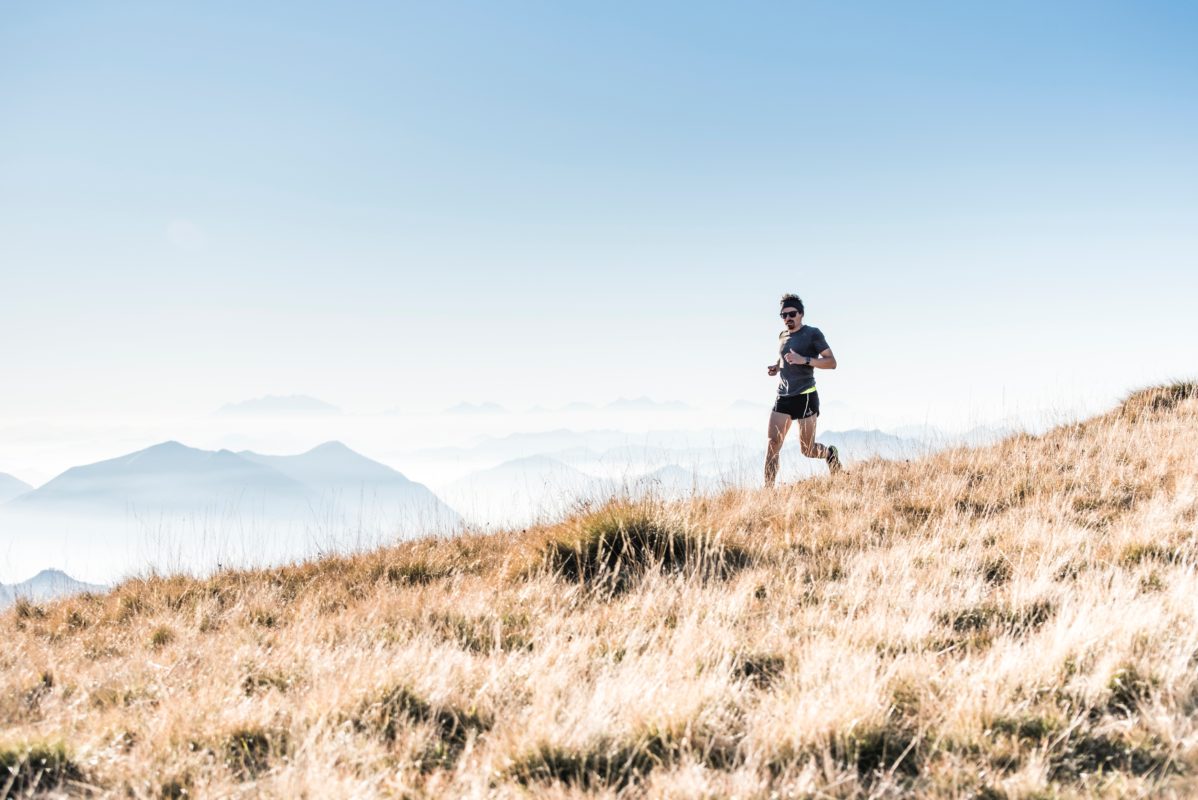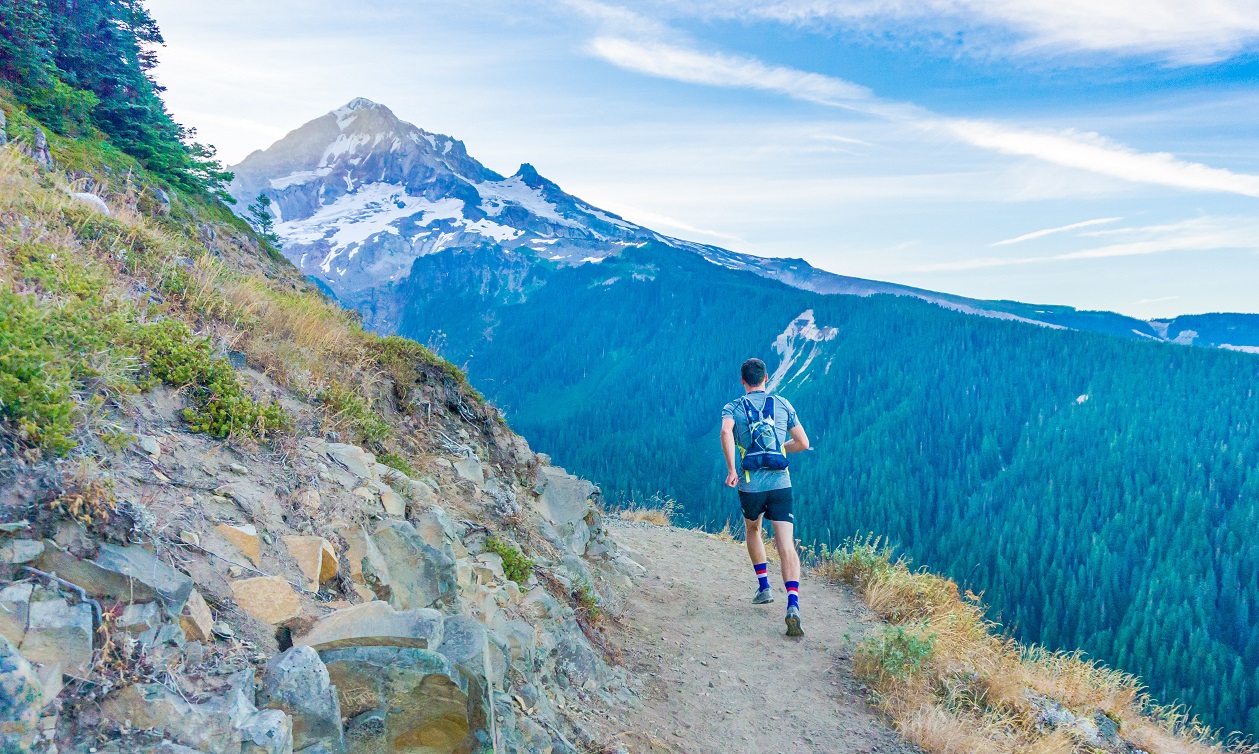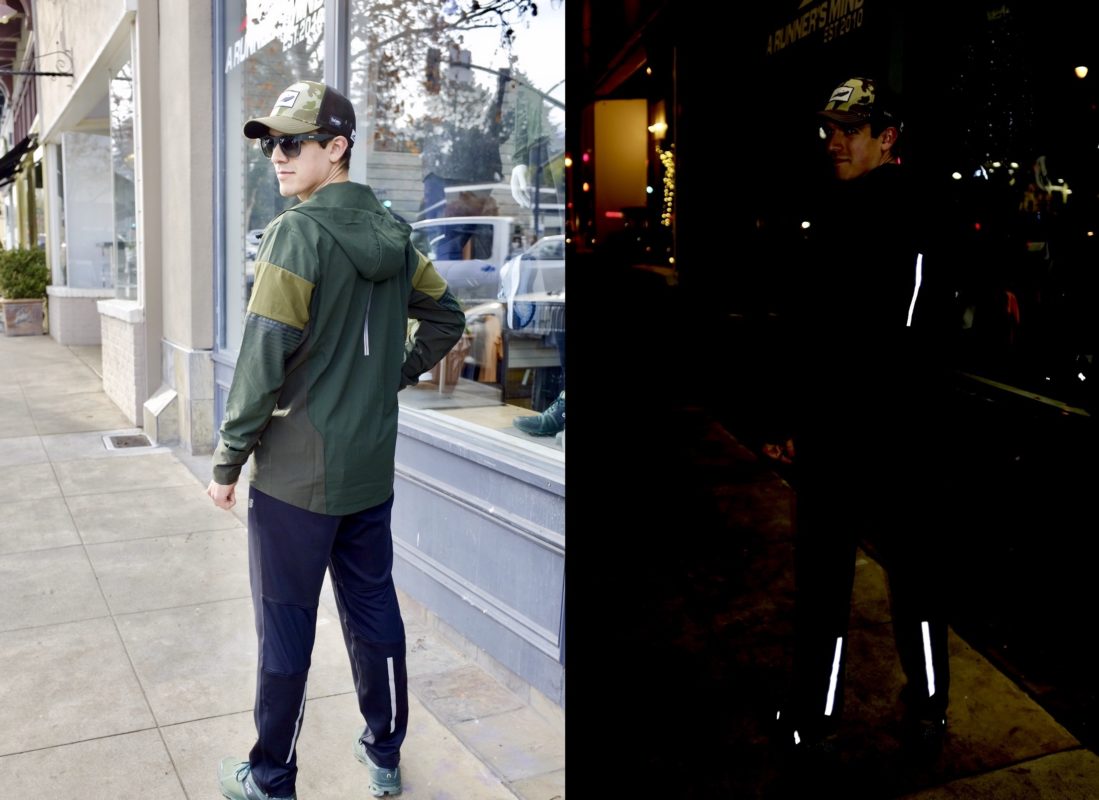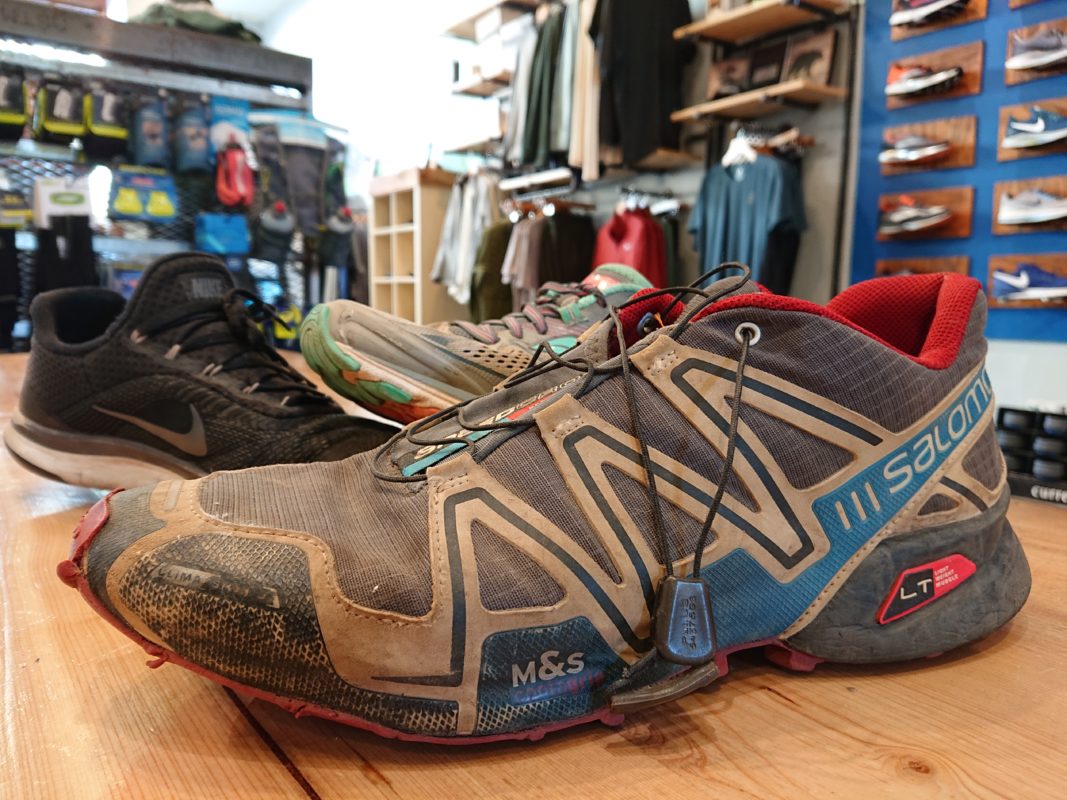Do I Really Need Trail Running Shoes?
Now that we’re getting into spring weather, you’re looking into running trails! But, if you’re just starting out, do you really need dedicated trail shoes? Can you just get by with your road shoes? Do you really need to make another investment in a second (or third, or fourth, or fifth) pair? There is no one answer to this question — answers all start with “Depends on [blank]”. So, let’s consider a few of those blanks and examine why you should really go grab yourself a good pair of trail running shoes! One question I ask trail runners-to-be is what kind of trails they’re planning to run. Runners can get really liberal with the term “trail” — it can mean everything from a flat dirt path adjacent to a road to gnarly mountain climbs and steep cliffside trails. A lot of the time it’s the former, and they’ll be just fine…
It’s Trail Running Season – Here’s How to Get Started!
To me, as we spring forward to daylight savings time (except for our friends in Arizona and Hawai’i), it signals a time to start trail running again! I have a lot of respect for those who brave the storms in the cold, wet wintertime, but I find myself enjoying trail running quite a bit more when it warms up and there’s more daylight to play with. The winter months are a great time for me to keep up my base fitness while burning off those pesky holiday calories, but now that the majority of the polar vortex has passed and Punxsutawney Phil has seen no shadow, it’s time to hit the trails! Here’s what you need to get you started. Trail Running Shoes First and foremost, it’s in your best interest to have a pair of trail running shoes. Your road shoes might be brand new with all of their…
What is Your Foot Strike Telling You?
Most days, you’ll throw on some tech tops and shorts, lace up the kicks, and start running. Whether you’re trying to run five miles at half marathon pace or just run off a tough day at the office, you’re usually not worried about all the little details of your form. But, what if we slow it down a bit and really look at your stride? Once we start digging deep into how one foot follows the other, there’s a lot more we can look at and learn from to better understand how to run smarter and faster. One of the first things to think about is stride length. While measurable length will vary from person to person, we can look at foot strike to get a sense of what an individual runner’s form looks like and how to interpret their stride length. So, what exactly is your foot strike telling…
Pacing: Run Slow Slower So You Can Run Your Fast Faster
Proper pacing is difficult. It takes time, and can hurt a lot. But, with how important and powerful pacing can be during your training, it’s something all runners need to consider. Most runners will stick to a single, easy pace when they first start running; something they can maintain for an increasing amount of time. That won’t help runners go faster or become more efficient, although it will help them to run longer and farther. Once you get comfortable with going slow and steady (you know, to win the race) for as long as you want or need, the best way to improve speed and efficiency is to vary your pace with purpose. It sounds counter-intuitive, but the way to get faster is to run a lot more of your miles at a slower pace. In theory, the best way to practice running faster would be to run fast — that…
Stay Safe During the Winter With These Running at Night Safety Tips!
It’s winter, and there aren’t nearly as many daylight hours as we’d like — all too often, same goes for mileage. But, fret not! There are things you can do to make running at night both safe and fun! Your running window just opened up a little bit wider thanks to these handy running at night safety tips. Active Reflectivity: So you can see The most obvious and straightforward way to safely run at night is to have some kind of bright light source to illuminate your path. Most runners will use either a headlamp or a handheld flashlight to see, and these are measured in lumens. There are many different types on the market with different modes and intensities and strobe modes, which are all personal preferences for the user. Among them, I prefer and recommend something with at least 200 lumens and a rechargeable battery. Passive Reflectivity: So others…
Here’s When to Replace Running Shoes
We’re all guilty of having that one pair of shoes that, no matter what trouble they’re giving us or how beat down they look, we just can’t seem to get rid of. It may have given you some awesome miles, gotten you your half marathon PR, or were your first real pair of running shoes. You may not even realize they’re causing you that extra soreness in your knees and ankles! It’s hard to know exactly when to replace running shoes, but one thing’s for sure — using them past their expiration dates can cause real and lasting problems. So, how long do running shoes last? Here are a few ways to check to see if your running shoes are worn out! You’ve logged too many miles on them Most shoe manufacturers suggest 300 to 400 miles for any given pair of trainers. While we can assume they shoot on the…
How Should My Running Shoes Fit? – The Glass Slipper Paradigm
In a kingdom far, far away, a minimalist, neutral runner who preferred to feel the ground spent her days looking for the perfect shoe for her running and everyday wear in between her cleaning shifts at her stepmother’s home. The Altra Escalante was too wide in the toe box. The Saucony Freedom was too much shoe. The Asics DS Trainer would squeeze her toes. It wasn’t until she met her Fairy Godmother that, along with a pretty white dress and pumpkin-turned-carriage, she was blessed with the perfect fitting glass slipper. Her foot had never felt such pure bliss, and after a series of events, the perfect fit was how she eventually found her prince and lived happily ever after. This completely unaltered, faithfully retold tale of Cinderella teaches us of the importance of finding the right fitting running shoe. You may find a shoe with the right amount of cushion,…
Every Runner Should Be Scheduling Rest in Their Weekly Routine – Here’s Why
When you talk to experienced runners who run six to seven days a week with mileage so high you wonder when they find time to do anything else, you probably might be thinking: “How do their bodies hold up to that kind of mileage?” “How do they stay injury-free?” “What’s their secret?” “Ouch.” Well, yes, ouch is correct, but the reason behind their ability to put in those high mileage weeks with few to no injuries is no secret. Hidden among all the long runs, tempo runs, interval workouts and easy runs is the most important part of the training schedule: rest. Rest is something that is often overlooked but provides essential time for the body and mind to recover and repair. When you run (or are doing other types of muscle building activities), tiny tears are formed in the muscle fibers that require time and nutrients to repair themselves.…
Lactate Threshold: How to Find Your Limits, Then Exceed Them
When talking about speed workouts, we’ll often mention different race paces — speeds that you can sustain over a 5K, 10K, half marathon, and so on. What we’re really talking about is your lactate threshold, and as you get deeper into running, it becomes more important to understand. And no, it’s not how much milk you can drink! Your lactate threshold is the intensity level of a workout that is difficult but sustainable, and there are a ton of benefits to understanding where that level is for you. The lactate threshold is based on the main antagonist to high intensity running — lactic acid. For most people, lactic acid is the sour part of sour milk products, but for us runners, it’s a byproduct from the breakdown of carbohydrates. While it’s produced during most kinds of exercise, runners will find it most apparent during higher-intensity workouts because the acid builds up…
Hill Repeats: The Thin Line Between Love and Hate
A road runner’s worst enemy and a trail runner’s best friend, hill repeats embody Daft Punk’s 2001 smash hit, “Harder, Better, Faster, Stronger”. Harder because you might be a road runner and have gravity working against you. Better because you might be a trail runner and have gravity working against you. Faster because what comes up must come down. And most importantly, stronger because that’s what you become when you do hill repeats! Hill repeats are as much a strength workout as a speed workout. They not only break down the muscle fibers in your legs to make them stronger, but they put nearly all the muscles in your legs to work. It’s as if you rolled squats, lunges, and calf raises all into one workout while also getting your heart rate up in small spurts. Hill repeats also promote better running form, as it gets you lifting up your…









